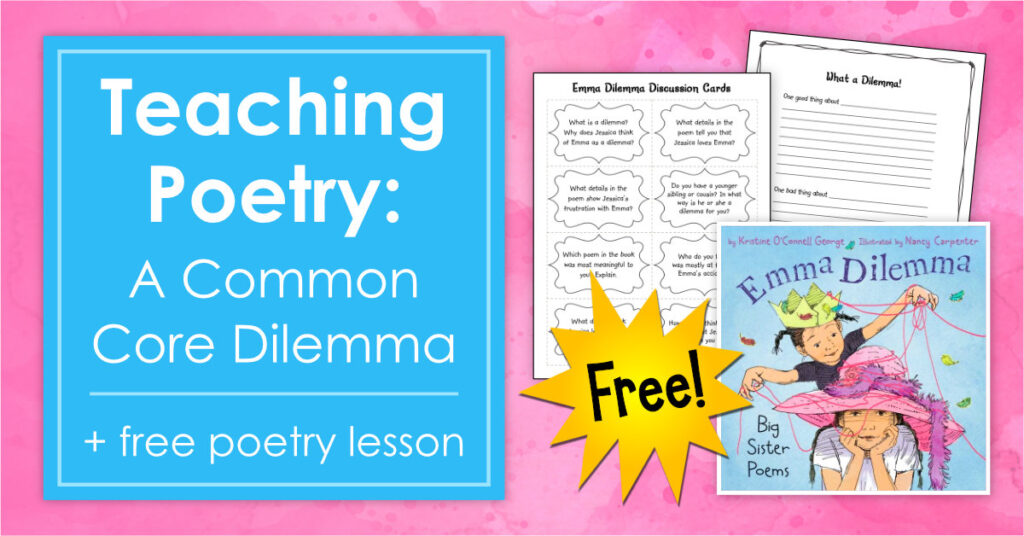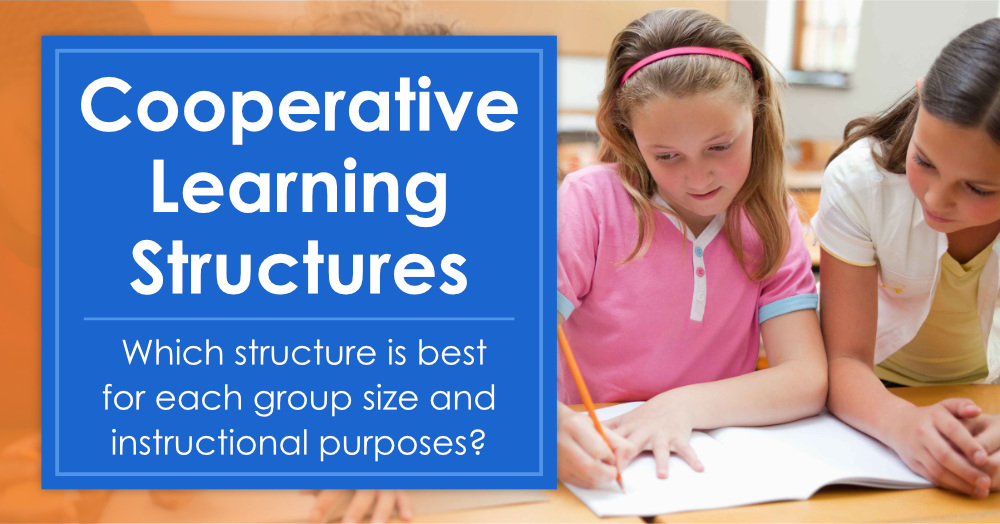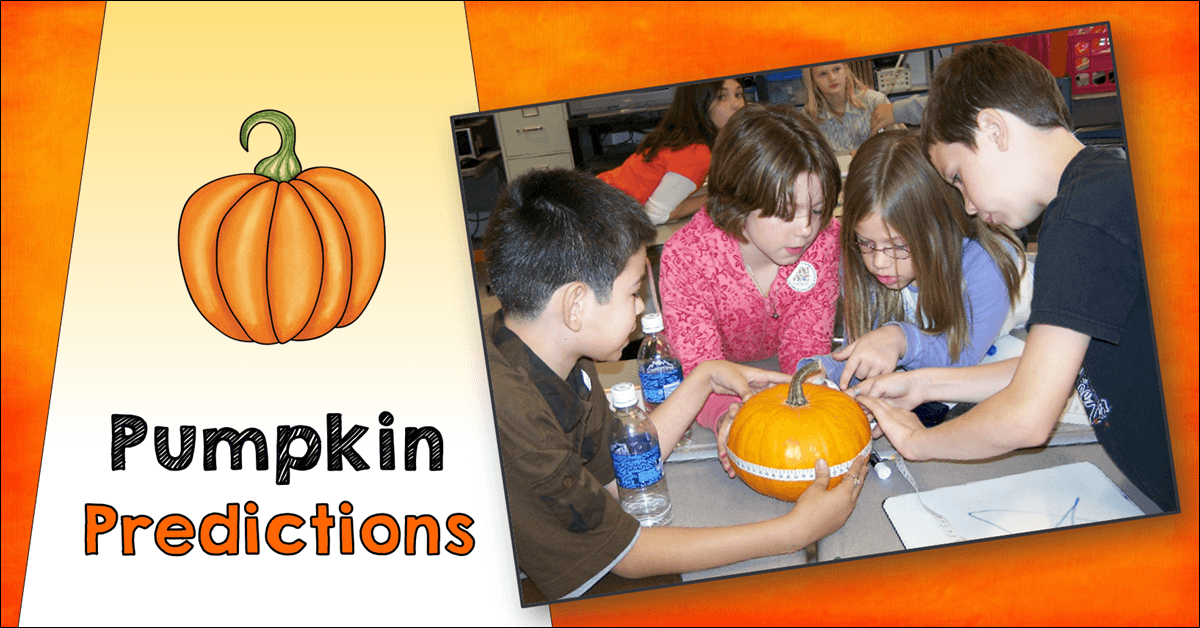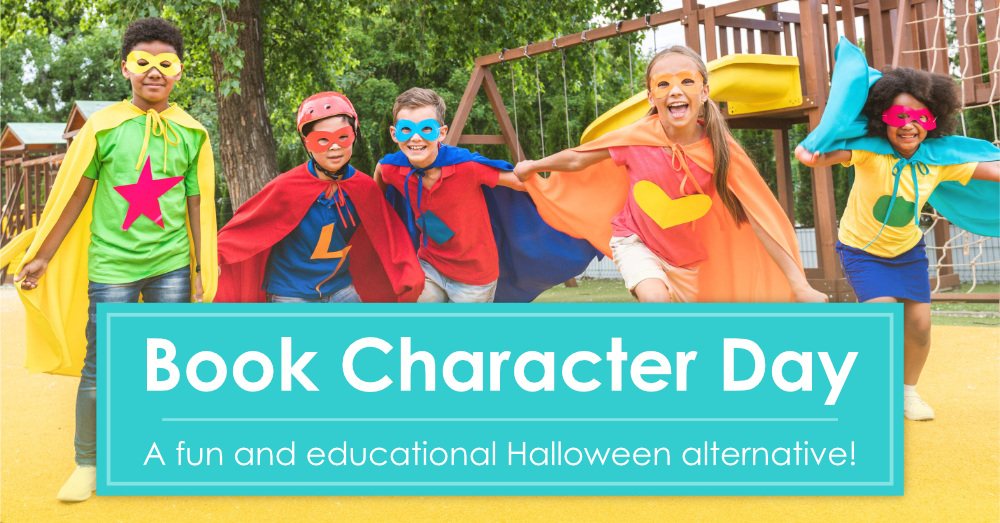Believe it or not, teaching kids to love to write poetry is easy. It’s a matter of finding the right poetry books to share and providing time to write about things that matter. It always amazes me how students who seem to struggle in other areas are able to write the most beautiful and expressive poetry. There’s something about the way poets can break all the rules and write from the heart that appeals to kids. I experienced this myself, and I often observed it in my students.
My own love for poetry began in childhood as I shared special moments reading and writing poetry with my best friend, Aleka. Later, as a teen, I found poetry to be a lifesaver when my family moved from New Hampshire to North Carolina. I love living in the South now, but it was definitely culture shock at the time! Writing poetry enabled me to capture my feelings on paper and to cope with the changes in my life.
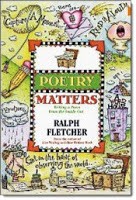 As a result, I’ve always found time to share poetry with my students; teaching kids to express themselves through poetry is a gift I enjoy giving them. My favorite book for introducing poetry is Poetry Matters by Ralph Fletcher. It’s written in simple language and includes poems about real life experiences. The poems are short, and they touch kids deeply with their simplicity.
As a result, I’ve always found time to share poetry with my students; teaching kids to express themselves through poetry is a gift I enjoy giving them. My favorite book for introducing poetry is Poetry Matters by Ralph Fletcher. It’s written in simple language and includes poems about real life experiences. The poems are short, and they touch kids deeply with their simplicity.
Inspired by Kristine O’Connell George
One of the chapters in Poetry Matters is an interview with children’s author and poet, Kristine O’Connell George. I loved this chapter, so I went straight to our school library and was delighted to learn that we had several of her books on our shelves. I wasn’t disappointed in her work; books like The Great Frog Race: And Other Poems and Toasting Marshmallows: Camping Poems were perfect for teaching students how simple poems can express everyday experiences through imagery and precise language.
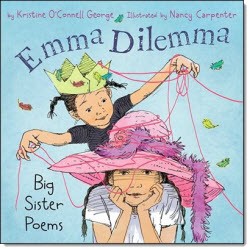
About a month ago, Kristine and I connected online and I invited her to write a guest blog post here on Corkboard Connections. Kristine sent me a copy of one her newest poetry books, Emma Dilemma: Big Sister Poems, and I fell in love with it! It’s a delightful collection of poems about the dilemma of being a big sister. In fact, the book is perfect for inspiring students to love reading and writing poetry, so I set out to create a short teaching guide to go with it.
Poetry: A Common Core Dilemma
When I began to think of ways to use the book in the classroom, I turned to the Common Core State Standards. Lately I’ve been trying to align my resources to the CCSS, so I went online to do a little research about how poetry fits in with the standards.
Guess what I discovered? If you’ve studied the standards, you’ll know what! While there are a few mentions of poetry in the reading standards, there’s absolutely no mention of poetry in the writing standards! Even the reading standards were disappointing because they focused on poetry as a genre and there was nothing about appreciating poetry or making connections to one’s own life. The writing standards were even worse. Everything was either about narrative writing or expository writing, but there was nothing about poetry.
At first I was baffled, but then I remembered that the Common Core State Standards were designed for college and career readiness; nowhere do they include life skills like personal goal setting, coping with emotions, or learning to appreciate the beauty of the written word.
With this realization came the awareness that poetry truly is a Common Core dilemma! Students need so much more than college and career skills to be successful in life, yet with the focus on the CCSS now, it’s easy to feel there’s no time for anything else. I’m not suggesting that we put aside the Common Core State Standards, but if we don’t find time to teach life skills, who will?
Free Emma Dilemma Teaching Guide
With this in mind, I took another look at Emma Dilemma: Big Sister Poems. I thought, “Why ruin a perfectly good poetry book by dissecting it and creating a CCSS-aligned lesson?” Instead, I decided to create a lesson based on reading it aloud for enjoyment and using it as a springboard for personal writing and reflection.
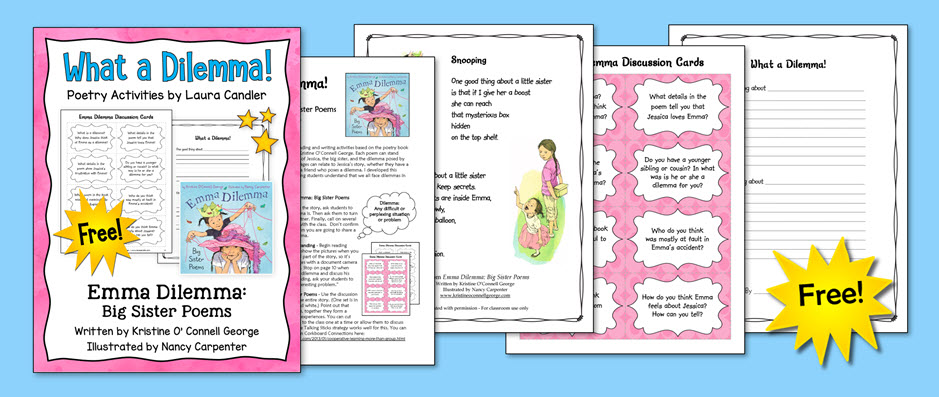
Download the free What a Dilemma! teaching guide to engage your students in some simple activities to explore the idea that we all face dilemmas in our relationships with others.
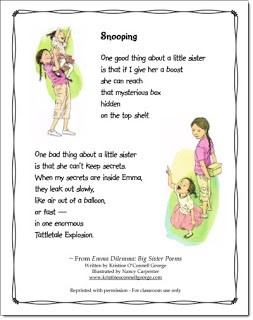
Share the poem “Snooping,” which is included in the freebie, and discuss Jessica’s dilemma in using Emma to retrieve a mysterious box high on a shelf. Then have your students write their own “dilemma” poems in the same format as “Snooping.” In the packet, I’ve also included a set of discussion questions you can use for small group or whole class discussions about the book. The “talking sticks” strategy works well to promote active engagement by all students in the discussion group.
The lesson might not be Common Core aligned, but it will probably leave a lasting impression on your students and By using Emma Dilemma as the focus of discussion and personal writing activities, you’ll enable your students to connect with the story and come to a deeper understanding of themselves.
If you are interested in more poetry lessons and activities, visit the Poetry Page on Teaching Resources. I have loads of free poetry lessons, links to great poetry websites, and several poetry resources that will make it easy to foster a love of poetry in your classroom.
As April wraps up, let’s remember that poetry is too wonderful to limit to one month of the year. If you find just the right poems to inspire your students, they will enjoy reading and writing poetry all year long. Emma Dilemma is just one of the many poetry books written by Kristine O’Connell George that will inspire your students; visit her Amazon author page to find this book and many more!

